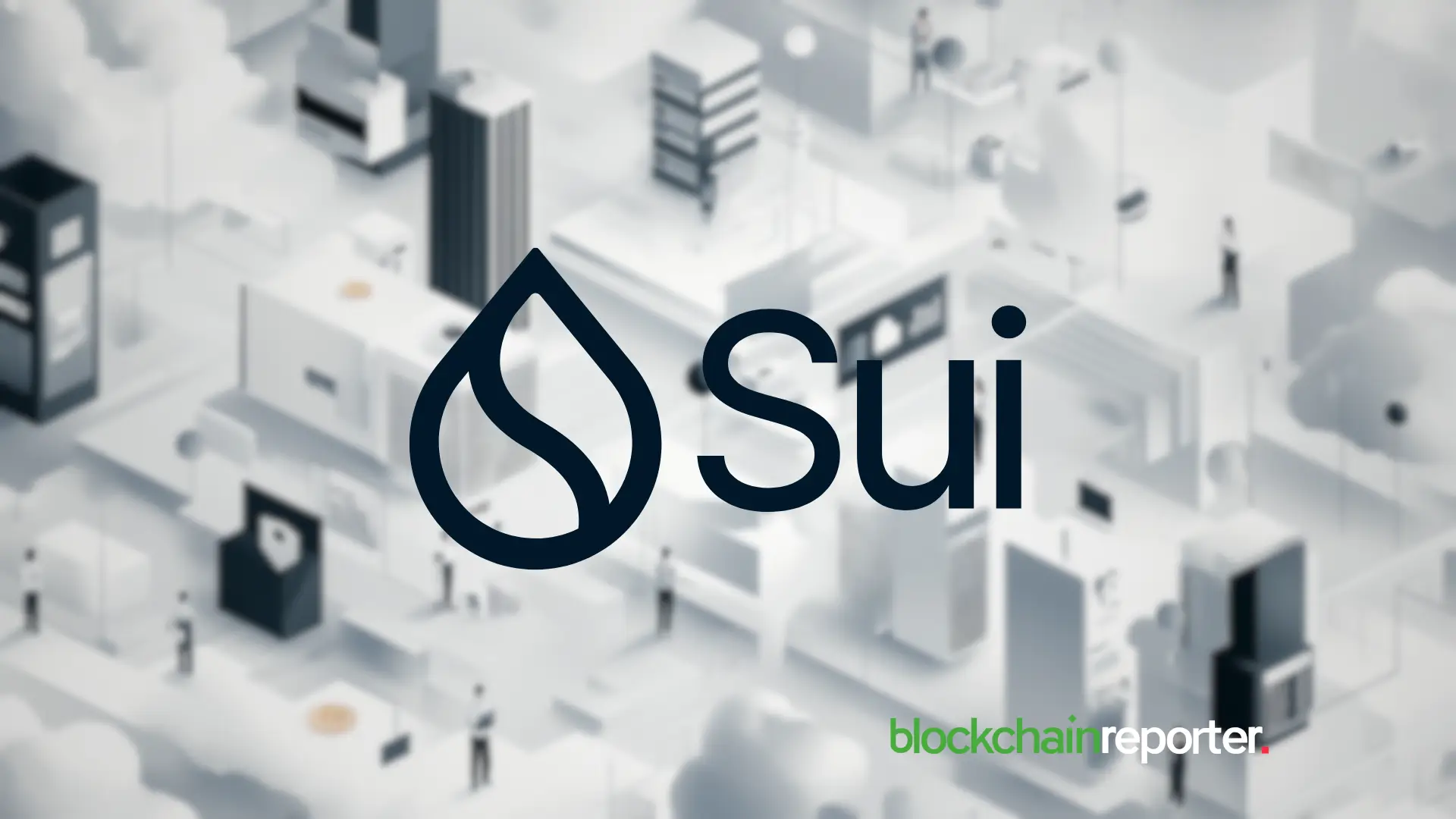
For years, blockchain has been praised as the antidote to fraud, opacity, and inefficiency in global supply chains. Immutable ledgers, automated verification, decentralized trust — the promise is alluring, especially in industries plagued by counterfeiting, fragmented logistics networks, and sluggish paper-based systems.
But beneath this technological optimism lies a mounting threat: cyber risks are increasing faster than the adoption curve , and supply chains integrating blockchain now find themselves exposed to a new generation of vulnerabilities — some predictable, others deeply structural. As blockchain continues to mature beyond finance and into manufacturing, pharmaceuticals, agriculture, energy, and retail, a critical question emerges: Are the cyber defenses of these hybrid digital-physical networks keeping up with the pace of innovation?
The short answer: not yet .
A New Attack Surface: Where Blockchain Meets the Real World
Unlike traditional IT systems, blockchain-enabled supply chains fuse several complex environments: distributed ledger technology (DLT), IoT sensors, cloud platforms, smart contracts, AI-driven analytics, and dozens — sometimes hundreds — of vendor integrations.
This convergence creates a larger attack surface than most supply chain operators are used to handling. Among the most pressing risks:
1. Compromised Smart Contracts
Smart contracts automate transactions and enforce supply chain rules. But a single coding flaw can enable an adversary to manipulate inventory data, reroute shipments, or cause financial damage without ever touching the underlying ledger. Recent audits show that more than half of supply chain smart contracts reviewed in 2023 contained medium- to high-severity vulnerabilities.
2. IoT as the Weakest Link
Sensors tracking temperature, humidity, location, or product authenticity often run on insecure firmware. Attackers can spoof data, inject malicious commands, or overwhelm nodes with traffic — corrupting blockchain entries at the source.
3. Permission Mismanagement and Insider Threats
Many enterprise blockchains are permissioned. When access controls are poorly managed or not routinely audited, unauthorized internal actions may go unnoticed for months.
4. Cross-Chain Bridges and API Gateways
As supply chains expand, companies increasingly rely on inter-chain bridges and third-party APIs. These have become one of blockchain’s most exploited points of failure.
The narrative is clear: while blockchains themselves are resilient, the infrastructure around them is not.
Regulators Are Watching — and the Rules Are Getting Stricter
As cyber risks accumulate, global regulators are tightening their oversight of digital infrastructure, including blockchain ecosystems.
In the EU, two regulatory frameworks stand out:
DORA: The Operational Resilience Mandate for All Critical ICT Systems
Though widely associated with banks and fintech companies, the Digital Operational Resilience Act (DORA) is increasingly relevant for supply chains — especially those connected to financial services, trade finance, or tokenized assets.
One of DORA’s core requirements is the creation of comprehensive ICT inventories. Enterprises integrating blockchain into their operational stack will need to maintain an updated DORA register of information covering nodes, smart contracts, external validators, third-party providers, and related ICT dependencies.
This is not merely documentation. DORA demands proof of governance, incident response capabilities, continuous testing, and full oversight of all critical ICT partners — a serious challenge for organizations operating multi-layered supply chains.
MiCA: Europe’s Crypto Framework, With Supply Chain Implications
For supply chains that use tokenized assets, blockchain-based settlement, stablecoin payments, or digital commodity certificates, the MiCA EU framework introduces additional compliance obligations.
MiCA affects:
- companies issuing asset-backed tokens tied to physical products,
- logistics firms settling transactions in regulated stablecoins,
- platforms enabling tokenized trade finance or cross-border payments.
In short: blockchain supply chains that intersect with financial activities must now navigate strict regulatory terrain.
Why Supply Chains Are Especially Vulnerable Right Now
Blockchain adoption in supply chains surged faster than cybersecurity investments. Many companies embraced DLT as a trust-enhancing tool without fully appreciating the security demands of distributed architecture.
Three structural market trends explain the widening risk gap:
1. Rapid Deployment, Slow Governance
Enterprise supply chains often move quickly to adopt new technologies — but governance, audit, and compliance frameworks lag by years.
2. Vendor Sprawl
Blockchain ecosystems frequently involve dozens of ICT providers, increasing dependency risk. If even one provider suffers a breach, the entire chain is at risk.
3. Skills Shortage
Experts who understand both blockchain engineering and cybersecurity remain scarce. This talent gap directly affects organizations’ ability to prevent sophisticated attacks.
A Path Forward: What Companies Must Do Now
Organizations integrating blockchain into supply chains should prioritize:
- rigorous smart contract auditing,
- complete ICT and vendor mapping aligned with DORA requirements,
- stronger IoT security baselines,
- regular penetration testing, including red-team exercises,
- dedicated monitoring for bridge- and API-related anomalies,
- board-level oversight of digital operational resilience.
The most resilient organizations are moving toward unified digital-risk frameworks that merge blockchain security, operational resilience, and regulatory compliance into a single architecture.
Final Thoughts: Blockchain Offers Efficiency — Attackers See Opportunity
Blockchain-enabled supply chains promise transparency and automation, but attackers are adapting just as quickly. As Europe shifts toward stricter digital-resilience rules under frameworks like DORA and MiCA, the burden of cybersecurity grows — especially for companies that rely on increasingly complex, interconnected digital ecosystems.
The next wave of cyber incidents in global supply chains will not target the blockchain ledger itself. Instead, they will exploit the seams: sensors, APIs, bridges, governance gaps, and human error.
For enterprises embracing blockchain, the message is clear: innovation without resilience is a risk no supply chain can afford.





